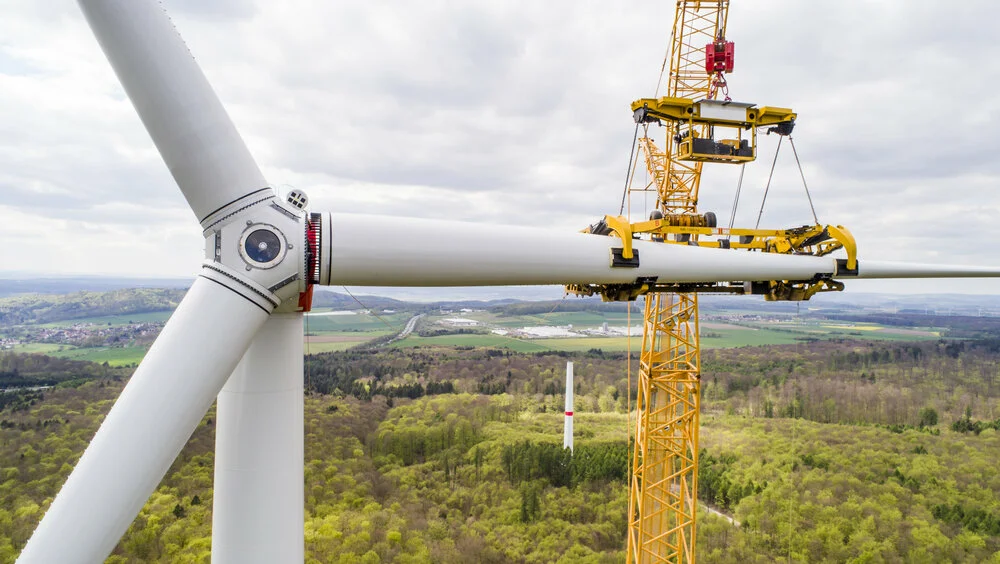According to data from European power association Eurelectric, Europe has four times as much wind capacity awaiting approval as it does under construction.
Eurelectric’s data shows that the largest volume of wind projects in permitting is in Spain – 22.1 GW, as oppose to just 2.4 GW under construction. Sweden has 10.6 GW in permitting and 6.8 GW under construction, while Poland has 11.5 GW in permitting and just 1.5 GW under construction.
Approvals take time
Delivering large infrastructure projects is complex. For wind and solar farms, spatial planning studies, environmental impact assessments, planning authorisations and grid connection assessments all need to be completed prior to construction. Moreover, decisions can be subject to legal challenges, holding up projects for months.
An assessment conducted in 2020 by European wind industry association WindEurope showed that project lead times can stretch up to ten years for onshore wind farms in Croatia and over eight years in Belgium, Greece, Spain and Sweden.
In contrast to this extended permitting process, the construction phase only takes about two years.
Permitting involves multiple tiers of government. A lack of staff and resources can slow the process down, as do complex rules. Even non-material changes to already-approved projects can result in lengthy delays while decisions are made.
WindEurope says that none of the EU’s member states currently meet the deadlines for permitting procedures required in the EU’s Renewable Energy Directive (RED). This stipulates two years for normal wind projects and one for repowering.
Policy action is underway
The European Commission’s REPowerEU plan, published in response to Russia’s invasion of Ukraine, includes steps to address slow permitting.
It proposes that renewables are legally presumed to be in the “overriding public interest”. This would allow governments to prioritise renewable energy projects on a case-by-case basis. A review of the RED also aims to set up ‘go-to’ areas, where projects need to be permitted within a year, and clarifies which permits and procedures must be delivered within the normal permitting deadlines.
These measures were endorsed by EU ministers in June.
In addition, earlier this year, Germany took a number of steps to boost its onshore wind sector, adopting new targets within its Renewable Energies Act (EEG) designed to deliver 10 GW a year of new onshore wind from 2025. The federal government has also mandated that the states (Länder) set aside 1.8-2.2% of their territory for onshore wind, a target to be achieved by 2032 with the overall aim of securing 2% of Germany’s territory for the technology.
Meanwhile, on August 30, the UK announced a new fast-track planning route for major infrastructure projects, which includes offshore wind farms. Under the new powers, the relevant minister will be able to put shorter deadlines in place for particular projects.
Renewable energy deployment needs to acclerate
The EU is targeting 480 GW of wind and 420 GW of solar power under the REPowerEU plan. This is a significant challenge in its own right – at the end of 2021, EU wind capacity was approaching 180 GW, while solar capacity was just over 155 GW.
WindEurope estimates that to meet Europe’s 2030 energy security and climate targets the rate of wind power deployment has to rise by more than three times from 11 GW/yr in 2021 to 39 GW each and every year through to 2030.
